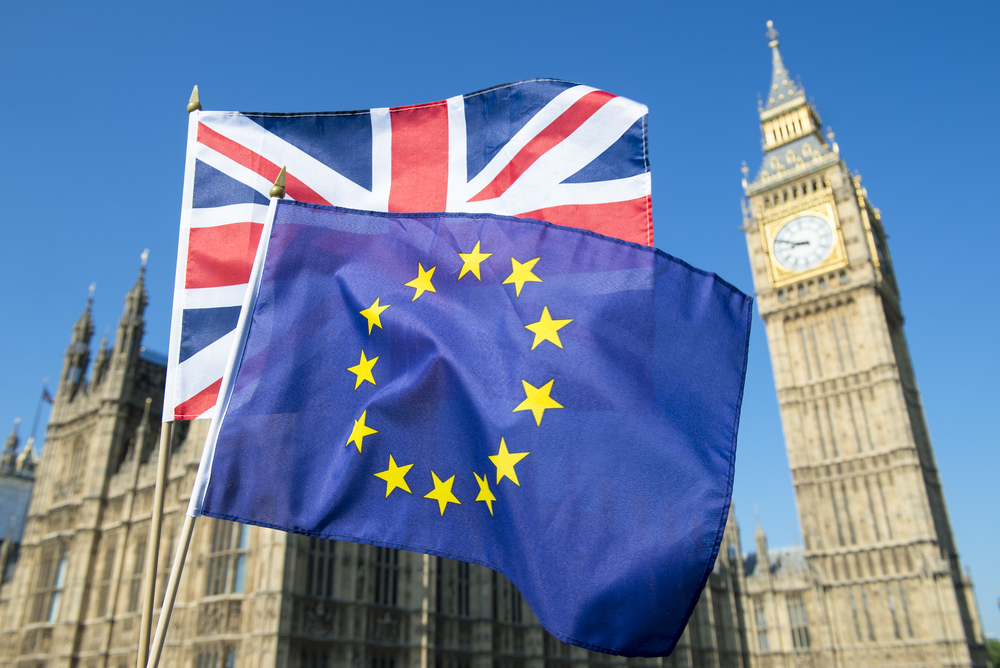Following similar changes to the EU trade mark regime, a number of opportunities will open up to UK trade mark owners in the New Year for broader protection and more robust enforcement of their brands. The changes are in The Trade Marks Regulations 2018, which implement the Trade Marks Directive 2015, and come into effect on 14 January 2019.
The highlights in the package of reforms include:
Applications
From January 2019 the definition of a UK trade mark will be expanded, as the requirement that the mark be capable of graphical (visual) representation becomes a thing of the past. This means that it will be possible to apply for a wider range of UK trade marks online by filing the mark in a wider range of electronic formats (e.g. using an MP3 or MP4 file).
However, despite the expanded definition, a trade mark will still have to be presented in such a way that it complies with a number of criteria (i.e. it must be clear, precise, self-contained, easily accessible, intelligible, durable and objective), and the mark must satisfy the requirement of distinctiveness. Further, the International (Madrid) Application system still requires graphical representation on the application form: therefore if the UK application is to form the basis of an international application, it should not be filed in an electronic format such as sound or multimedia files.
Brand owners should also note that the UKIPO will no longer notify applicants about earlier conflicting trade marks that have been registered, but have since expired. Given that the owner of any such expired mark could seek to restore it to the register for up to 12 months after the mark’s renewal date, clearance searches should include a thorough review of recently expired marks.
Infringement
Trade mark owners will be pleased to hear that they will have increased powers against counterfeiters. In particular, it will be possible to take enforcement action against those who have taken preparatory steps to counterfeit goods (or services) by applying a registered trade mark to labels, packaging, tags or security features. Further, it will be possible for counterfeit ‘goods in transit’ passing through the UK to be detained by Customs (with the shipper having the burden of proof of showing that the right owner cannot prevent them marketing the goods in the final country of destination outside the EU).
Defences
Another change which strengthens the position of brand owners, is that the ‘own name’ defence will now only be available for individuals. There are no transitional provisions and so it is possible that an existing company or trading name may be challenged through trade mark infringement proceedings once the law changes. The UKIPO suggests that, where a company has a long history of using its company name in good faith before the law changes, a court may take this into account. However, this point is yet to be tested.
Streamlining Proceedings
Significant changes will streamline the procedures involved in trade mark disputes. In particular, if brand owners wish to bring infringement proceedings against use of a registered mark, they will no longer need to apply to invalidate that registration in separate invalidation proceedings. Instead, the Courts will be able to consider invalidation issues as part of the infringement proceedings, saving the parties time and costs in relation to enforcing or defending their marks. Similarly, a defendant to infringement proceedings can raise non-use arguments against a claimant’s trade mark, rather than having to commence parallel proceedings.




